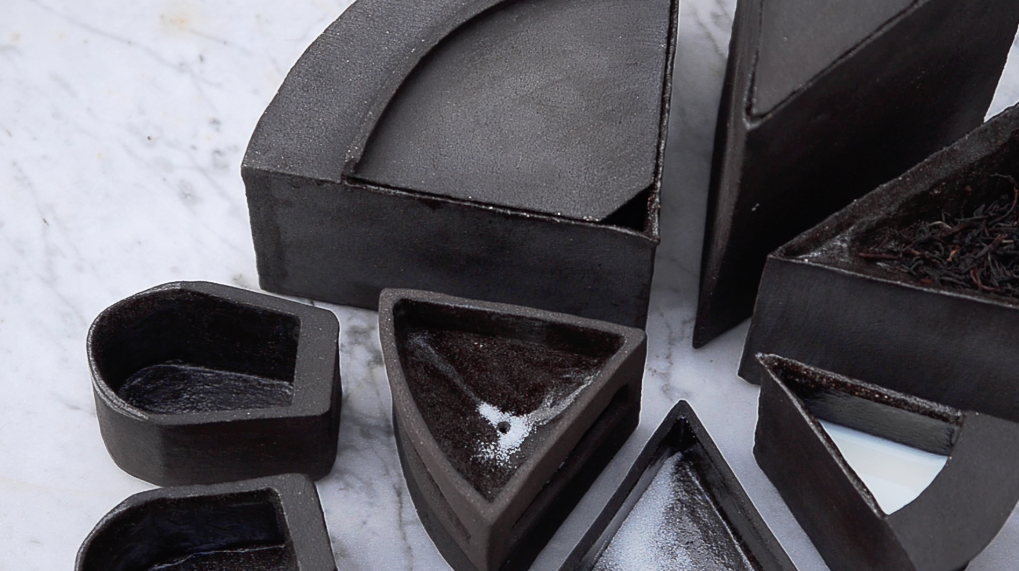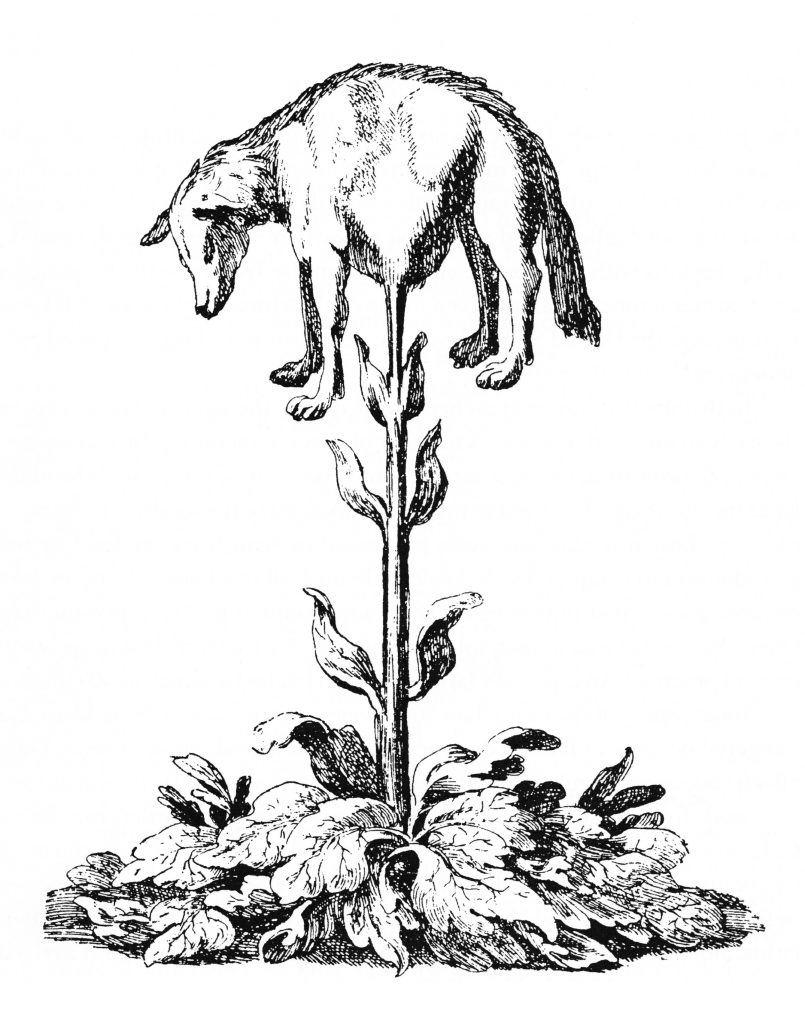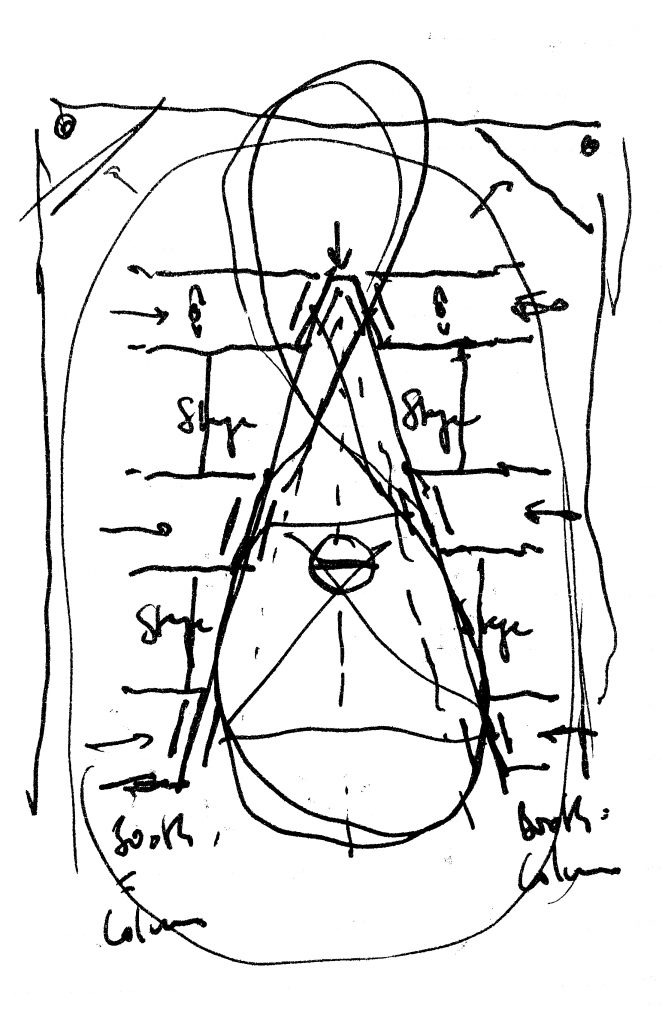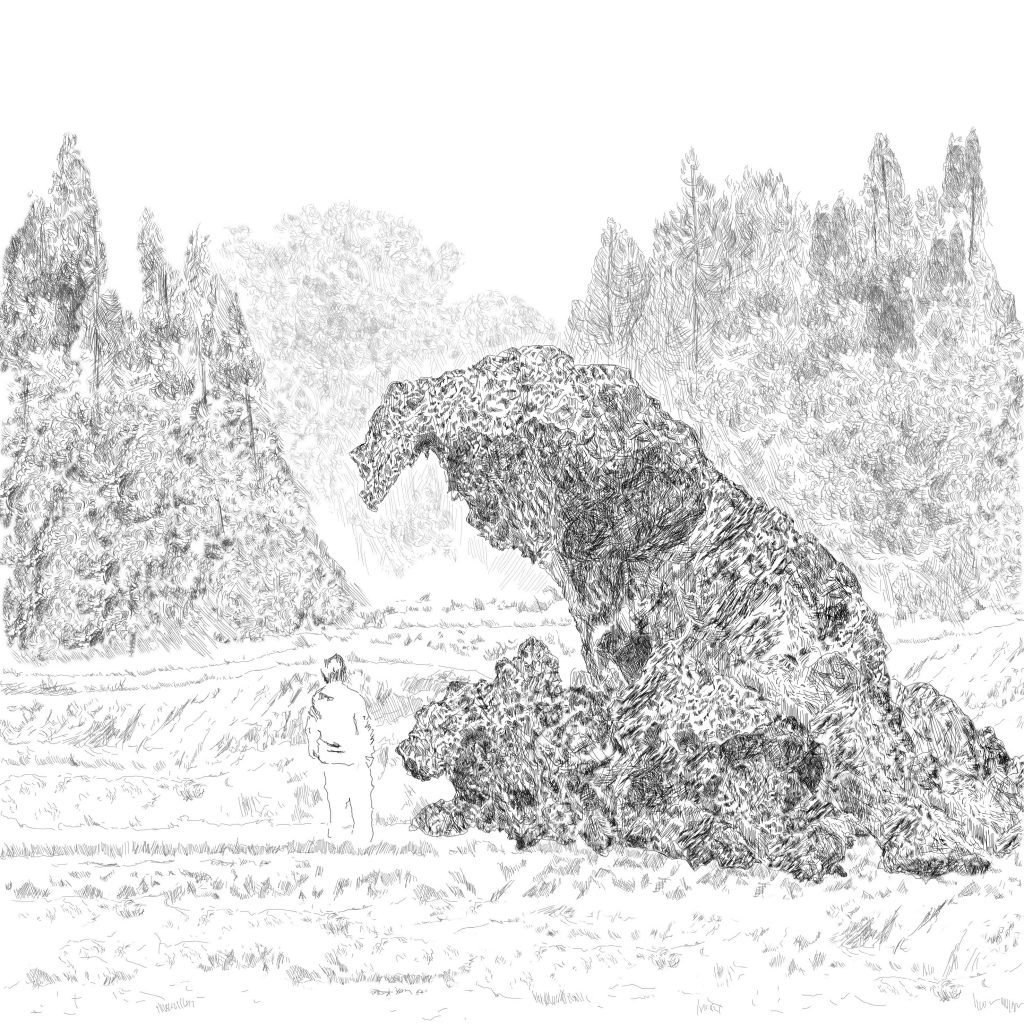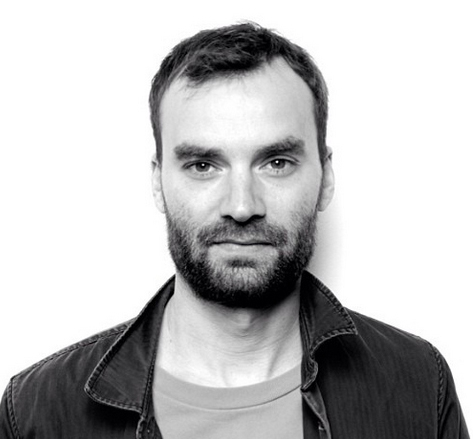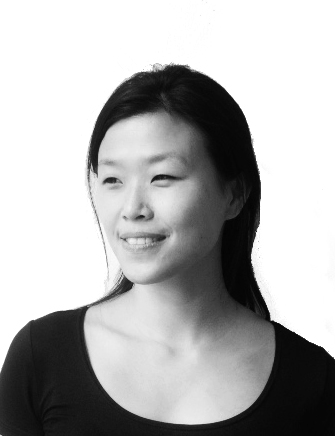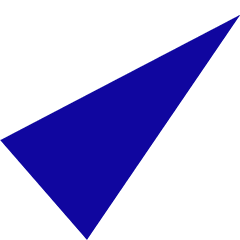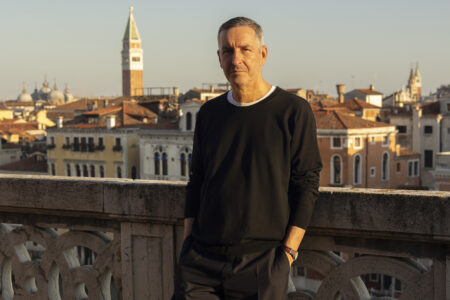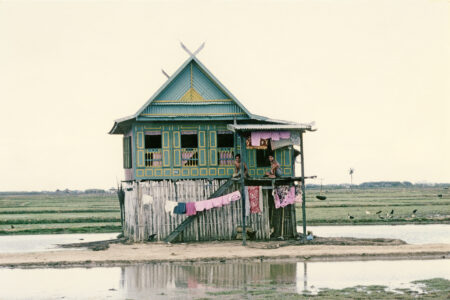The Myths of RARA – from layers of materials to strata of memory
Rain Wu and Ralf Pflugfelder – RARA – is a duo based in London, Brussels, Maastricht and Berlin. Invited by Thalie Art Foundation in Brussels as artists-in-residence, RARA has imagined a new ethical landscape in which their manifold objects and installations, follies and riddles will be housed in a “Temple to Nature and Man” that will be inaugurated at ThalieLab in early September during Brussels Gallery Weekend.
TLmag: What is your definition of our material culture in the art experiments you are conducting within RARA and how do they relate to the concept of “civilisation”?
RARA: We are fascinated by the fact that civilizations are formed around beliefs, and that those beliefs turn into rituals, which in turn form part of our cultures.
TLmag: How do you incorporate archæology in your artistic and experimental process? How do you feel that they relate to each other?
RARA: If you look at one of the most famous archæological sites in Europe, the Palace of Knossos in Crete (which as part of our research we’ve recently been to), it struck us that what hundreds of thousands of visitors each year are looking at, is in actual fact a Gesamtkunstwerk by an English archaeologist of the 19th century by the name of Evans. What we see there today is to a large degree something Evans designed and constructed. He made up narratives ‘based on his findings’, and those narratives are still very much made up. It’s brilliant but also a massive illusion with regards to science or history. We don’t blame Evans; we want to be like him! We want to make what he made. He is the grand master of the temple, so to speak, who has built an image of what Knossos was, of what its people believed in, into the collective imagination. That’s art, basically. It’s just that contemporary art rarely gets the same visitor numbers as Evans’ masterpiece.
Making sense of archæology is a form of art; both are the construction of an image of a reality and both are in need of imagination, often triggered by objects (and sometimes texts). And, conversely, making (sense) of art is a form of archæology of past experiences, personal histories, etc. One always has to dig deep! We draw parallels with archæology in a sense that we are investigating an ancient ‘way of connection’, or ‘psychological imprints’ between human beings and nature. Our exhibition at ThalieLab will also have elements of an archæological excavation site, those elements and fragments will sit in an enigmatic landscape, so that narratives can be formed by association and imagination of the audience.
TLmag: Have you already collaborated on other projects together?
RARA: Last year we completed the installation, The Rock Nobody Could Lift, an artificial, man-made giant ‘wisdom rock’ on Keelung’s, Heping Island. Formally cross-referencing Victorian grottos, Japanese Suiseki and Chinese ink paintings, The Rock Nobody Could Lift is a folly and a riddle, ultimately an object of wonder and contemplation. We also recently made a unique, little book (ed. of 50) titled, RARA:Speak. It is a matchbox-sized, text-only object that maps out our past and future interests and references.
TLmag: What is your view about the cross-disciplinary field between art and a ‘pseudo’ archæological approach of art works? Is it a form of escapism?
RARA: In contemporary art as in archæology, transparency, or the allusion of truth, is a kind of foil overlaying secrecy. But that is not necessarily a bad thing if one is relatively transparent about it because that secrecy gives us something to strive for. Art gives hope and so does archæology. If we were not made to believe that we can leave behind parts or traces of ourselves, of what we made, of what we believed in, of what we felt, there would be no reason for us to be here.
Art as a magic mountain range, (or a pseudo-archæological temple), is the only thing today that we can really go to still in order to be away. Escapism, yes, but an escapism away from the banal towards the secrecy, to the magic. Therefore, it is not a passive escapism, but an active and productive one.
Escapism in that respect is simply a way of enabling another view of our world as it is. Through archæology, we are able to situate ourselves in a much longer timeline beyond our individual lifetimes. Time itself is only relative to the individuals with a fleeting existence. We want to imagine that humans are collectively a perpetual being of Nature, independent of number or time, always living, always the same.
TLmag: What is the aim and concept of your residency at ThalieLab in Brussels? What is to be expected in your September exhibition?
RARA: Faced with an ever-increasing destruction of nature under a neoliberal globalism, and a certain powerlessness that comes with that, we became interested in countering this widespread alienation from nature by affecting the collective imagination. The four-month residency at ThalieLab gives us the opportunity to further research the psychic and emotional claims human beings and their societies have made on nature, and vice versa. ThalieLab will become a sort of enigmatic landscape for RARA’s manifold objects and installations, follies and riddles – a site of wonder and contemplation. This ever-changing testing ground will culminate in a site-specific, ‘Temple to Nature and Man’, which will open to visitors in September 2018, and activated through new rituals and ‘unveilings’.Our artistic roadmap is to approach a wider notion of nature and our contemporary alienation from it through the lens of many cultures, traditions, myths and belief systems. We see ourselves as uninhibited archaeologists looking for traces of our (un)balanced relationship with nature.
TLmag: You position yourself in the field of the “archæological imagination” (as defined by archaeologist, Michael Shanks, in 1992). What are the creative tools you use for creating a framework to open the dialogue between nature and the man-made environment?
RARA: Ultimately – myth. Myth provokes explanation but accepts none of it. Where as science absorbs the unspeakable into the speakable, myth reintroduces the silence that makes original thought possible. We are setting out to invest 21st century environmental imperatives with a ‘sacred’, mythic quality, so that lost memories can be unearthed again, which may help to redress the balance between man and nature.
We hope to address a perhaps neglected field of the environmental agenda within society, by going beyond a purely scientific conversation. We want to be where ‘knowledge’ overlaps with philosophy and mythology. That’s where art was always sitting anyway – between the chairs. We proposed, as a working method at ThalieLab, to purposefully neglect centuries of empirical investigation and science, cultural and art histories, and start again where ancient and medieval systems tried to explain the (natural) world. We would like to test an almost proto-scientific working method, an alchemy of sorts which, despite its flaws and made-up science, had a more holistic outlook on life and matter. It may still resonate more with the deeper human imprint than modern statistical scientific facts. We work with juxtaposing elements of different aesthetics to form unexpected associations and interpretations between them. Also, through scaling objects up or down, we try to bring out previously hidden qualities.
TLmag: In addition to publishing the manifesto-like edition, 1/50: RARA: SPEAK, what are the next steps in developing your installation, From Strata of Memory to Layers of Rock, at ThalieLab?
RARA: We are currently in production of the manifold objects, or rather fragments, for the exhibition. We work with maquettes and drawings to develop the form and materiality of each piece. We are also including sensorial elements, such as mist, smell and fire. It’s all based on and laid out as a temple of sorts. We studied many (alchemists’) temple drawings. We are currently making totems, an altar, a gate and collecting and hijacking objects- for the first time in human history there will be an actual Vegetable Lamb!
TLmag: What are the main components of your ethical and contemplative landscapes, from the manifold objects to installation of follies and riddles, such as the ones created at the time of the Medici or the Victorian times?
RARA: We basically work with fragments, illusion and reflexivity as our main components. The fragment as an incomplete entity and a self-sufficient totality hinting beyond itself, positing understanding as an infinite process (hence the ongoing nature of the project). Illusion as the possibility of seeing both the illusion and the disillusion at the same time. While the illusion doesn’t change, one’s perception of it does. Insight as the precondition and goal of (self-)reflexivity, that’s how we like to paint so to speak. We would argue that it was the same for the Medici or the Victorians creating their follies, for example. Nothing has changed. That is either comforting or highly scary!
TLmag: Are you questioning the status of our living environment through this installation? Is it a room? A habitat? A grotto? Where do we feel the best emotion, wisdom and quietness as human beings?
RARA: The installation has many different parts—the grotto references the womb, the rock references ‘a borrowed view’ of nature. Many of the pieces are meant to be viewed by one or two people at a time to give each encounter space for reflection.
TLmag: How will you document your residency apart from a book, a mood board, an installation with artefacts? Are you going to write a fictional piece?
RARA: We we will produce a film to document the many views and experiences of the exhibition. We are also planning to produce a printed catalogue with texts. We see the installation as the first of a many-part project, and an ongoing discussion with other artists, researchers, writers, curators, philosophers, etc. Following this exhibition, we hope to work with ThalieLab and other institutions to continue developing the theme through both research and production. We also love the idea of a fictional piece, there are already some elements that we are currently writing.
TLmag: What would be the ideal impact you would like to see emerging from your object-driven narrative environment?
RARA: We would hope that the constellation of our manifold objects will create / trigger / bring out / hint at meanings that do not necessarily lie in the form of the individual object but in what it can become: an image, a projection, a fantasy of nature; a myth in the context it was placed in; or even a fable which concerns neither a historical or psychological memory per se but more of an ‘imprint’. It may, hopefully, prompt the object and the viewer into a mutual transformation through its ‘other’ quality. We believe that poetic gestures do not state an outwardly political or environmental position from which any determinate meaning can be derived. This momentary loss of control over meaning – of what nature is/has become/can be – may allow a new individual and societal insight of and relationship with nature to emerge.
BIOGRAPHIES IN SHORT
Ralf Pflugfelder (b.1979, Germany) is an artist living and working in Berlin, Brussels and London. Through appropriation and associative thought processes that connect the everyday and the mythical, his artworks materialise in many different forms and scales: from sculpture to writing, painting to architecture, installation, performance, plagiarism, collaboration and commissioning. Pflugfelder’s work involves a questioning of knowledge and language, history and truth – a reinvention of the modes of appearance and the creation of a work of art. Pflugfelder was part of the very first Contemporary Art Practice: Public Sphere / Critical Practice cohort at the Royal College of Art in London. He is also lecturing and teaching at various institutions. Among others, he is constructing a series of Utopian Huts in various locations around the world, of which four have been completed, three more are in planning. He is also designing One-Off Houses for collectors.
Rain Wu (b.1987, Taiwan) is an artist living and working in Maastricht, Brussels and London. Her work is conceptually driven with a strong interest in constructing site-specific spatial experiences. She is currently investigating the relationship between nature and man through temple structures, ceremonial rituals, and contemplative objects. She graduated from the Royal College of Art (2013) and University College London (2009). Her work has been exhibited at Sharjah Biennial, Taipei Biennial, The Palestinian Museum, London Design Biennale, et al. She was one of the Artists in Residence 2016 at the London Design Museum and is currently an associate lecturer at the Chelsea College of Art, London and an artist in residence at the Jan van Eyck Academie, Maastricht.
